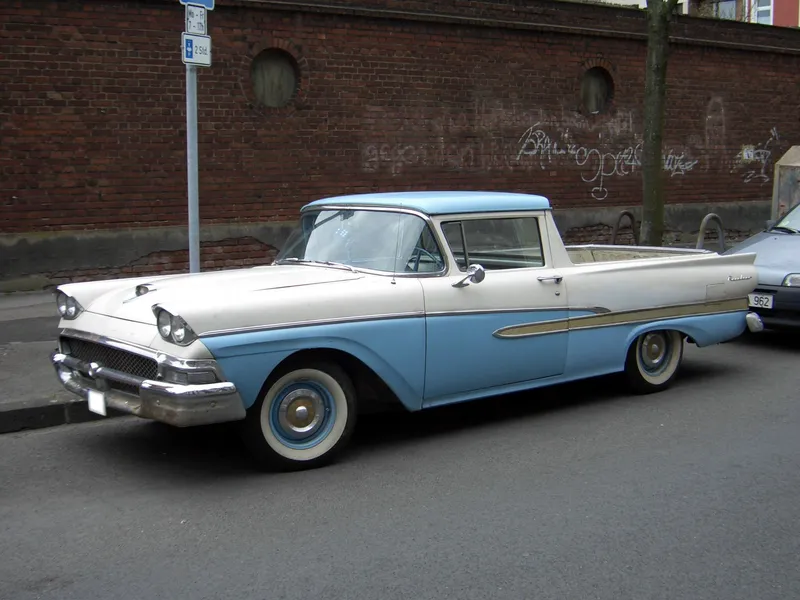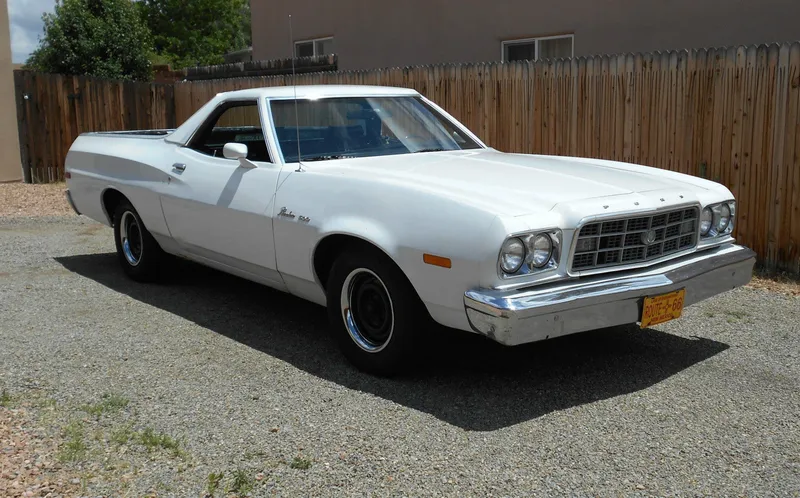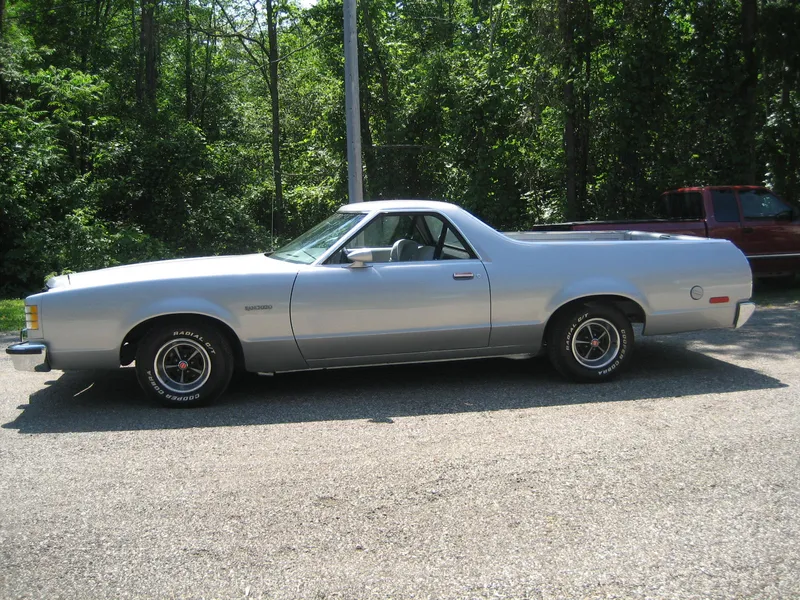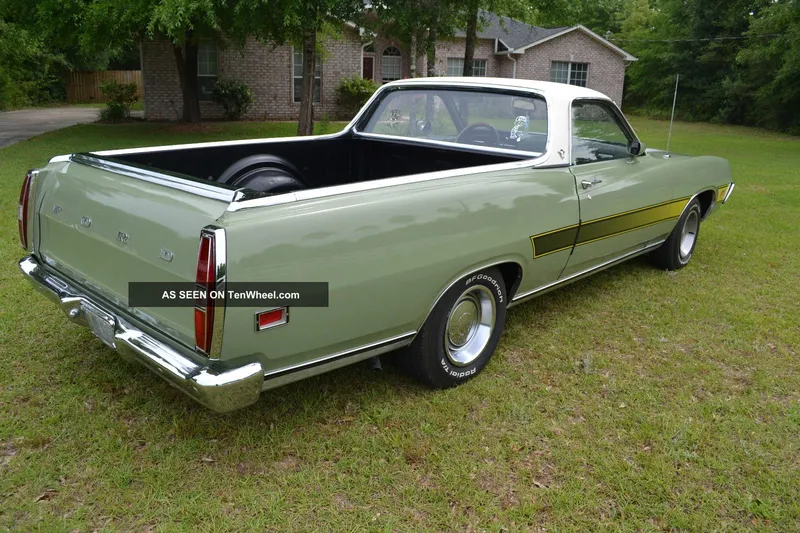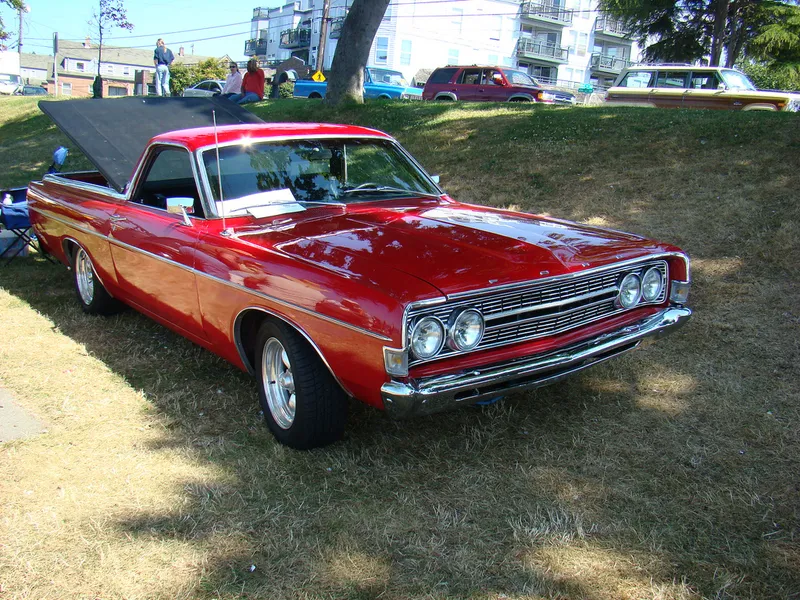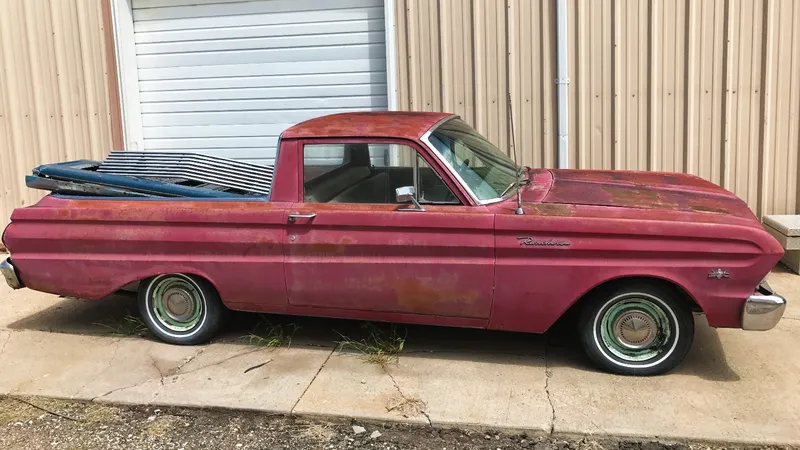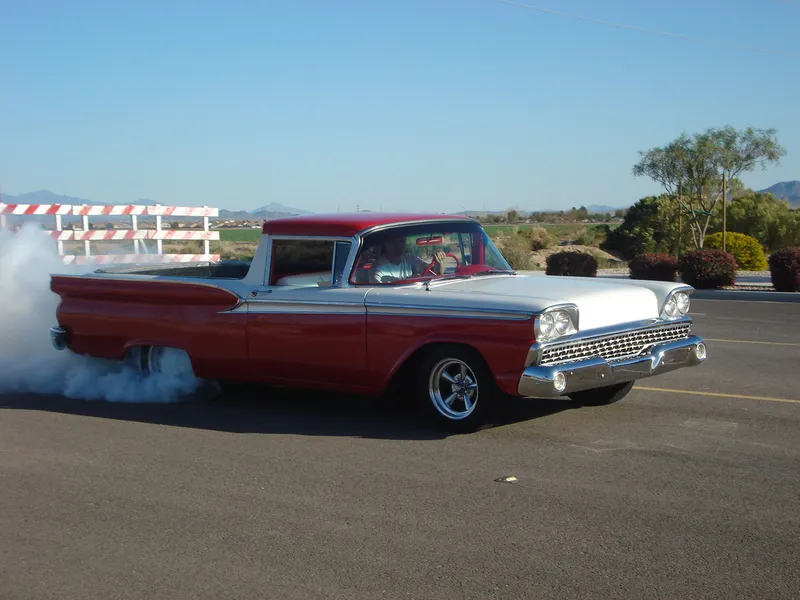
The Ford Ranchero was a unique vehicle that combined the utility of a pickup truck with the comfort and style of a car. Here are some key aspects of the Ford Ranchero:
Origin and Concept: Introduced by Ford in 1957, the Ranchero was a pioneering vehicle in the “coupe utility” segment. It was built on a car platform but featured an open cargo bed at the rear, similar to a pickup truck. This concept aimed to offer the hauling capability of a truck while providing the comfort and styling of a car.
Design and Styling: The Ranchero borrowed its front-end styling and interior from Ford’s sedan models of the time, offering a comfortable and familiar driving experience. However, instead of a traditional trunk, it had a flatbed cargo area integrated into the body.
Platform and Evolution: The Ranchero was based on various Ford car platforms over the years, including the Falcon, Fairlane, and Torino, among others. As a result, it underwent several design changes and upgrades in line with the respective car models.
Utility and Versatility: The Ranchero appealed to individuals seeking a vehicle suitable for both daily commuting and light-duty hauling. It offered decent payload capacity in its cargo bed, making it suitable for transporting smaller loads.
Performance Options: Like its car counterparts, the Ranchero was available with various engine options, ranging from economical six-cylinder engines to powerful V8s. This allowed buyers to choose a model that suited their performance needs.
Cultural Impact: The Ford Ranchero was part of the evolution of versatile vehicles in American automotive culture. Its design and purpose appealed to consumers who needed a vehicle that could serve multiple purposes without compromising on style or comfort.
The Ranchero remained in production for several generations until it was eventually discontinued in the late 1970s. Its legacy as a unique and versatile vehicle continues to be appreciated by automotive enthusiasts and collectors today.
